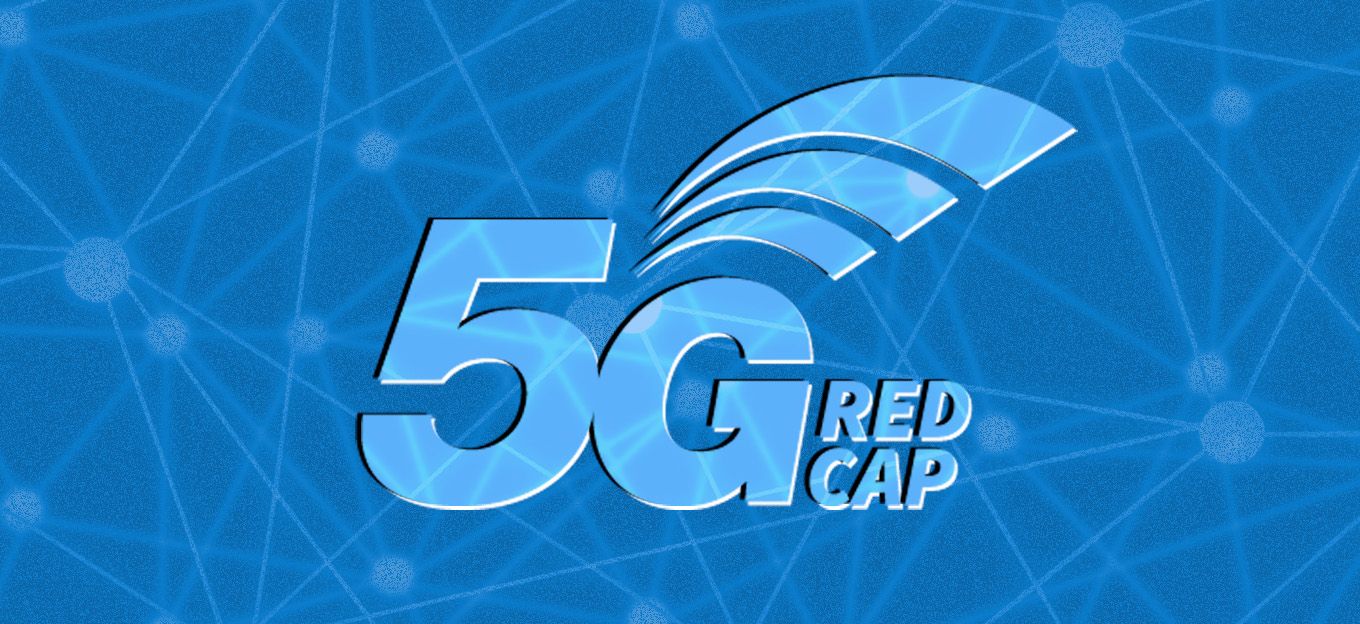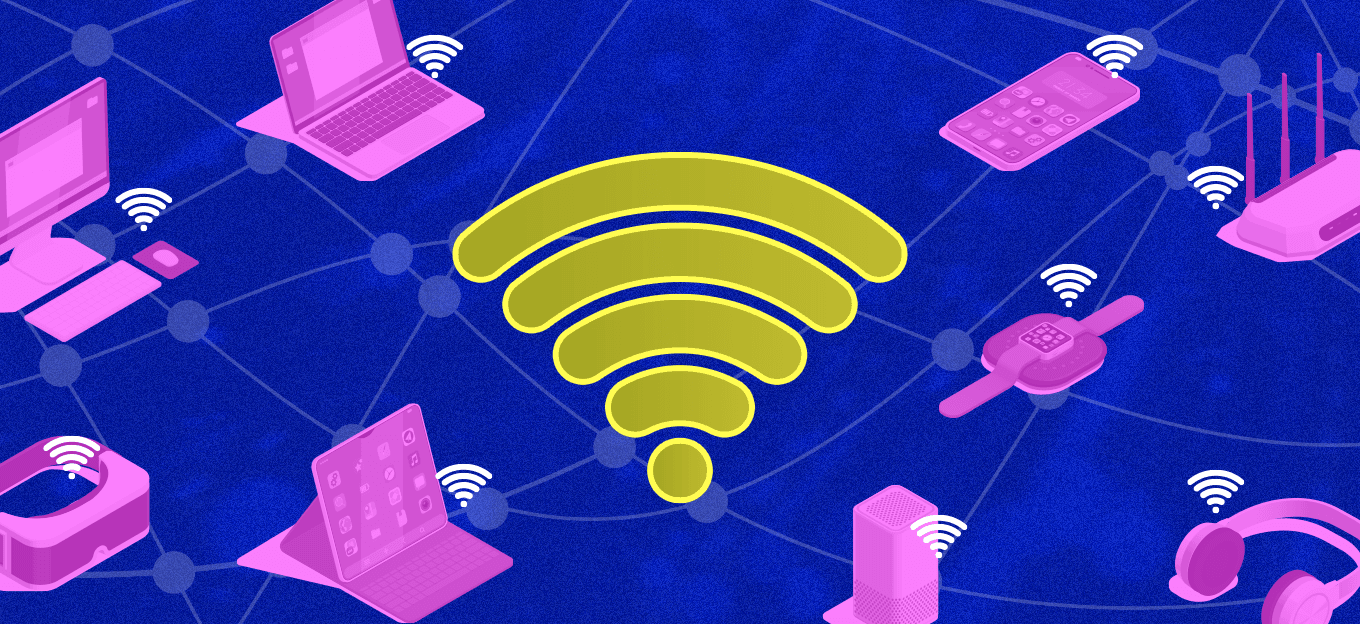Multi-Technology: The Future of Geolocation
Multi-Technology: The Future of Geolocation
- Last Updated: December 2, 2024
Actility
- Last Updated: December 2, 2024



In the big world of IoT, location tracking is the next frontier! Location tracking for humans is already an integral part of our lives, especially for navigation. Traditional technologies enabling this are not only expensive; they also have technical boundaries that prevent successful scaling. For IoT geolocation to become a reality, it must be extremely accurate, very low cost, and significantly low touch. But which is the right IoT geolocation technology.
Where is the Market?
Research and Markets predict revenues from "Geo IoT" will reach $49 billion by 2021.
Research and Markets report in “Geo IoT Technologies, Services, and Applications Market Outlook” that just as location determination has become an essential element of personal communications, so shall presence detection and location-aware technologies be key to the long-term success of IoT. They add that Geo IoT, and therefore IoT geolocation technology, will positively impact many industry verticals.
Connecting IoT objects is already a large market growing exponentially with the mix of unlicensed Low-Power Wide Area Network (LPWAN) technologies such as LoRaWAN, and combined more recent introduction of Cellular IoT technologies such as NB-IoT and LTE-M. Adding Geolocation to this introduces a whole range of new applications not possible before. Some of these applications are:
- Asset management
- Fleet management
- Anti-theft scooter/bike rental
- Logistics/parcel bags tracking
- Worker safety for oil and gas
- Elderly and disabled care
- Tracking solution for skiers
- Pets and animal tracking
The above applications represent a large existing market that can only be captured with extremely low cost and low power trackers.
The Challenges of Asset Tracking
Whether it's railway cars, truck trailers, or containers, tracking valuable assets on the move is a pain point for many large, distributed organizations involved in logistics and supply chain management. These large organizations typically rely on partners such as distributors to register check-in and check-out events correctly.
The registration process at specific checkpoints is usually manual, intermittent, and subject to human error. To address this issue, an IoT low-power asset tracking system that leverages Low Power Wide Area Network (LPWAN) trackers brings a “timeless” checkpoint solution. Specifically, LoRaWAN™-based trackers, due to their low power, low cost and lightweight, standardized infrastructure, provide the first truly reliable tracking solution that allows logistics operators to reduce downtime during transportation.
In the logistics sector, many business Applications suffer additional costs due to inefficient utilization of assets. Transport companies need to invest in freight railway cars; car logistics companies need to invest in truck trailers; and, of course, there are the standard containers and pallets.
The profitability of #AssetTracking business Applications directly depends on the minimization of asset downtime: every day or hour lost in a warehouse, lot, or rail station reduces the given asset's #profit potential.
However, measuring this downtime is also a challenge. Traditional solutions involved cellular or satellite trackers, which require significant CAPEX, but perhaps more importantly also ongoing OPEX due to battery replacements and connectivity costs. In some cases, trackers are located in hard-to-reach areas especially when mounted on railroad cars, or in oil and gas rigs, which make it very costly to replace batteries—especially if there are hundreds of thousands of trackers deployed in the field.
For now, at least, humans do battery replacement. It's one of the dominating OPEX factors in the Total Cost of Ownership ( TCO) of the whole IoT solution. These replacement costs actually made it difficult to justify the mass adoption of conventional geolocation solutions in the logistics sector.
LPWAN Trackers: a Game Changer
LoRaWAN is the LPWAN connectivity standard developed by LoRa Alliance—primarily for unlicensed ISM spectrum—to disrupt both existing technology and business models.
On the technology front, LoRaWAN's main impact pertains to a drastic reduction in power consumption. Reducing battery usage ultimately affects OPEX-related to ongoing maintenance. It also creates new opportunities for more dynamic tracking, as communication events are less costly.
On the business model side, logistics companies can now trade off between CAPEX and OPEX: most LPWAN systems operate within an unlicensed band. For example, the leading LoRaWAN™ technology operates in the 915MHz band in the US, the 868MHz band in Europe, and equivalent ISM bands in other parts of the world. This means that logistics companies can invest in their own wireless networks to reduce or eliminate variable connectivity costs.
The cost of LPWAN network gateways has decreased due to higher production volumes. They're now affordable even for very small logistic centers, such as a car distributor.
Next Generation LPWAN trackers
The potential of LPWAN-enabled tracking requires a new generation of hardware. The lower radio frequency and lower power consumption are only parts of a massive effort to decrease the power consumption of entire IoT systems. In order to achieve the latter, we would need to develop a "multi-technology geolocation tracker platform" that can combine GPS, Low-Power GPS, WiFi Sniffing, WiFi fingerprinting, and Bluetooth. The goal is to reduce overall power consumption while providing location information opportunistically in a variety of scenarios (e.g. indoor/outdoor, urban/rural, slow/fast moving, and so on).
Another key factor of such a multi-technology solution as the basis for IoT geolocation technology is the usage of LPWAN technologies such as LoRaWAN, NB-IoT, and LTE-M for backhauling geolocation data to the cloud. This is the key. Traditional cellular technologies, such as 2G/3G/4G, are just too power hungry to meet the target goal of 5-10 year battery lifetime. However, there will be licensed Cellular IoT options based on NB-IoT/LTE-M that will also be used for some of the applications.
Actility argues, "Merging an IoT network solution like LoRaWAN with multi-mode iot geolocation technology for outdoor and indoor positioning would increase battery lifetime at least ten times more than the standard cellular solution using GSM/AGPS."
As demonstrated below, LoRaWAN and LP-GPS (AGPS/GPS) significantly increases battery lifetime.

Image Credit: Actility
A Multi-Technology Future for Geolocation
The future of IoT geolocation technology will require a commitment to robust multi-technology development. We'll need multi-technology cloud platforms that will intelligently combine Over-The-Top (OTT) geolocation technologies—such as GPS, Low-Power GPS, WiFi, and Bluetooth—with network-based TDoA geolocation technologies using LoRaWAN and/or cellular. Such innovations require close cooperation between public network operators and geolocation service providers. To learn more about how multi-technology can empower the next generation of IoT geolocation solutions, check out the recent webinar on geolocation co-hosted by Actility and KPN.
Written by Rohit Gupta
The Most Comprehensive IoT Newsletter for Enterprises
Showcasing the highest-quality content, resources, news, and insights from the world of the Internet of Things. Subscribe to remain informed and up-to-date.
New Podcast Episode

IoT and AI in 2026
Related Articles




